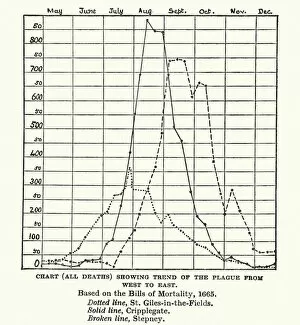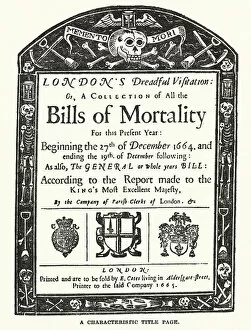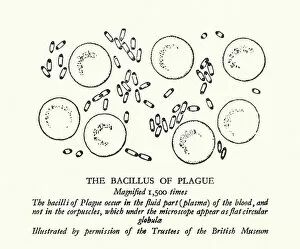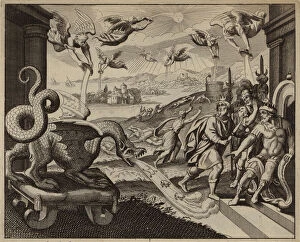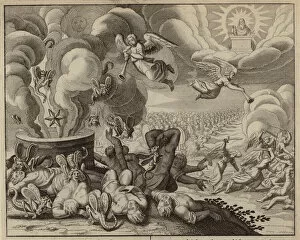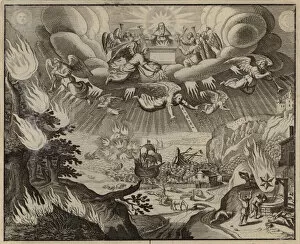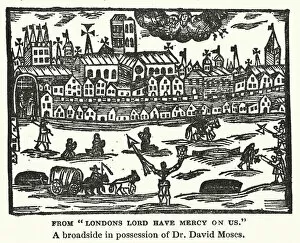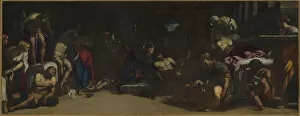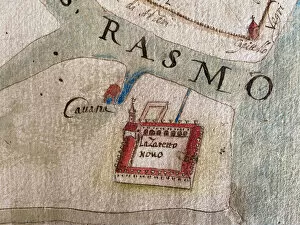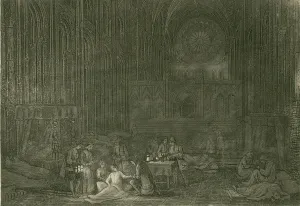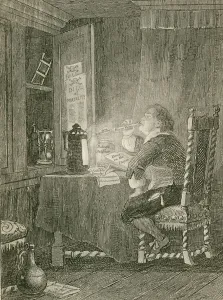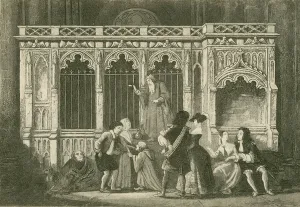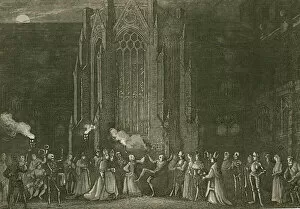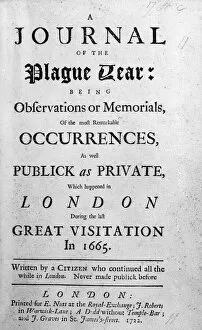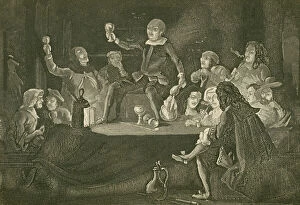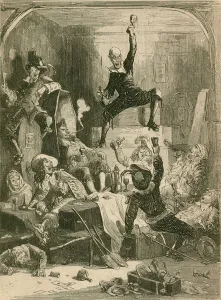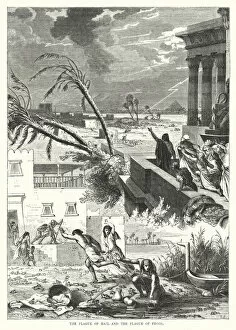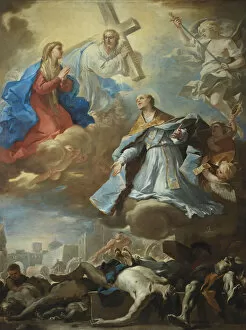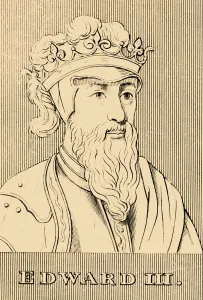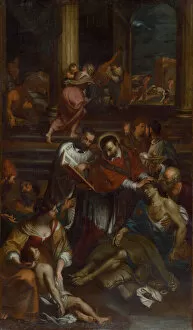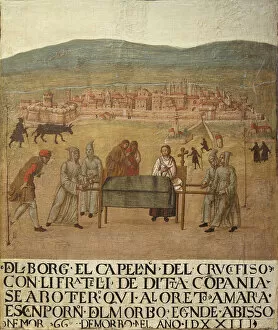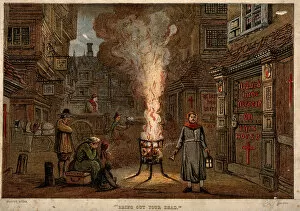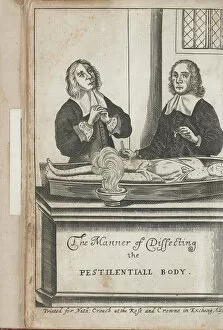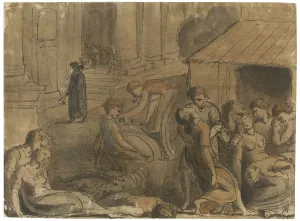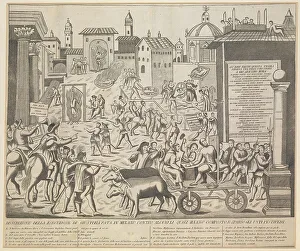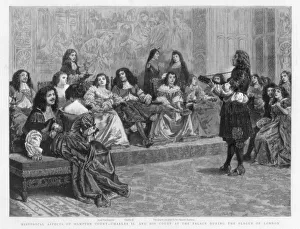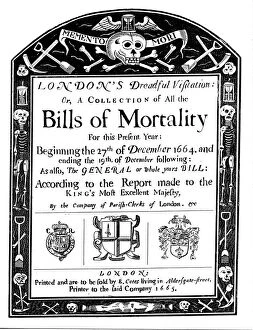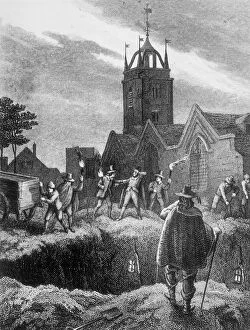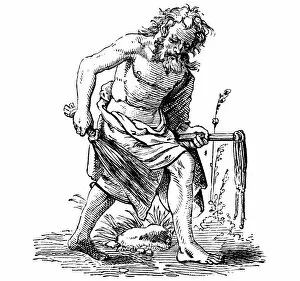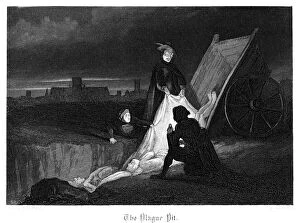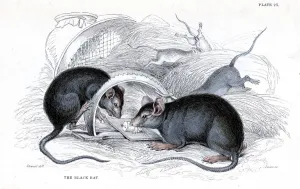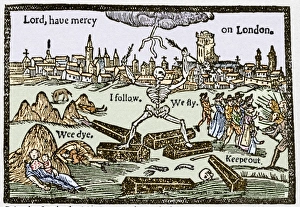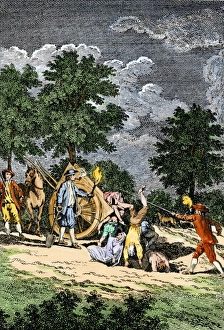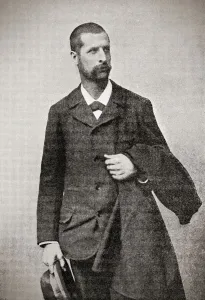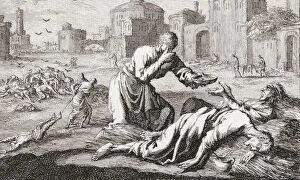Bubonic Plague Collection (page 2)
"Bubonic Plague: A Grim Tale of Death and Desperation" In the 17th century, as the bubonic plague ravaged Europe, a haunting figure emerged - the plague doctor
All Professionally Made to Order for Quick Shipping
"Bubonic Plague: A Grim Tale of Death and Desperation" In the 17th century, as the bubonic plague ravaged Europe, a haunting figure emerged - the plague doctor. With their beaked masks and long cloaks, they roamed the streets in search of victims. Their presence was immortalized in chilling 17th-century artwork. "Lord, have mercy on London, " cried out a contemporary English woodcut depicting the Great Plague of 1665. The city was gripped by fear as death loomed over every corner. People sought solace from above, praying for divine intervention to end this devastating epidemic. As time passed into the 18th century, plague doctors continued their grim duty. In France, an eerie depiction captured their solemn existence through another haunting artwork. These brave souls risked their lives to care for those afflicted by this merciless disease. The Black Death rat flea became infamous as its bite transmitted this deadly illness. Artists depicted these tiny creatures in detailed artworks that served as a reminder of how such small beings could bring about immense suffering. Epidemic deaths plagued communities during the 16th century, leaving behind countless grieving families and empty homes. The devastation caused by this relentless disease left scars that would forever shape history. Milan experienced its own tragedy during 1630-1631 when it fell victim to the plague's wrath once again. An engraving from the 19th century depicted scenes of despair and desperation amidst a city consumed by sickness. Artists like Mattia Preti captured moments frozen in time with his sketch of a votive fresco for the plague of 1656. This poignant painting serves as a testament to human resilience even in times of unimaginable hardship. "Pesta on the stairs" is an evocative piece created between 1894-96 using pencil, ink, black wax crayon, and wash on paper.

